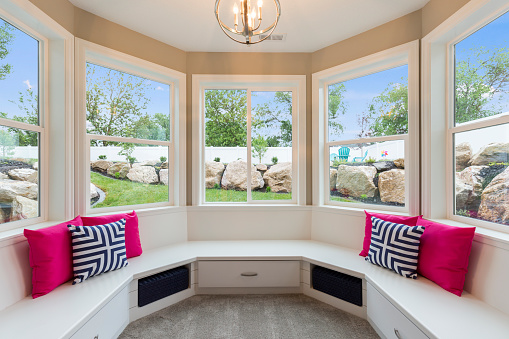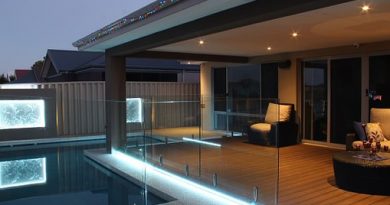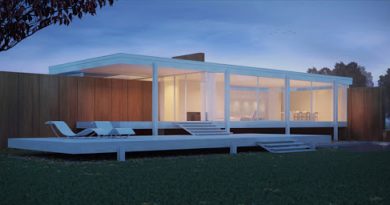How to: Reading Nook
A reading nook makes a great addition to your living space. It’s a small corner of your home to which you can retreat when you’d like a little time to yourself. It’s not just for reading, either: you might just as easily use your nook for listening to music, for drawing, or for meditation. If you’d like a calming place that provides joy and tranquility on demand, a nook is a no-brainer.
Contents
Where to locate a nook
It might be that there’s already a suitable place for a reading nook in your home. The awkward spaces beside chimney breasts, or beneath sloped roofs, tend to make for great locations. Or you might reserve an entire room for the purpose – which you might think of as a miniature library.
Décor for your nook
Given that the purpose of your nook is relaxation and focus, you’ll want to pick colors that aren’t distracting. Look for muted shades and stick to just a few colors. Traditionally, it’s shades of blue and green that make the best match for this kind of space, as these are the colors which most closely imitate the natural world.
Potted Plants
According to the Royal Horticultural Society, houseplants can have a significant positive effect on your state of mind. Try to pick out something that’s visible, and fragrant without being overpowering. You want the air to be fresh, but not so much that you have trouble concentrating.
Furnishings
Your reading nook should be designed with comfort in mind. For this reason, hammocks, foldable beds and small sofas are ideal. You might also look for a small bookcase to keep the books you’re currently reading. This doesn’t have to be the main bookcase in your home – just enough to store the books you’re currently rotating. You can cost out all the furnishings you need and pay for them in one go.
You might also include a few choice accessories that will make the place that much more inviting. A blanket draped over an armchair might fit the bill nicely.
Lighting
Your nook should ideally receive plenty of natural light during the daytime. This will help to ensure that your houseplants thrive – and that you do, too. Look for something that’s warm and lacking in blue wavelengths – these being the bright sterile kinds of light that imitate daylight and trick your brain into supposing that it’s time to get up when you should be unwinding for the evening.
Ideally, you might look for ambient dim lighting around you. Just enough that you can see where you’re going. Then you might think about a single reading lamp that you can direct down onto your lap where needed. Remember that LED bulbs are vastly more efficient that the cheaper kinds and will pay for themselves in next to no time.




